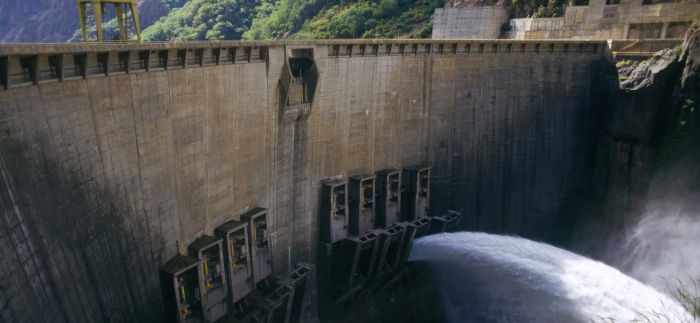(3 Minutes Read)
HCB is a private limited company, 85% owned by the state-owned Companhia Elétrica do Zambeze and 7.5% by REN, with the company owning 3.5% of its own shares, while the remaining 4% are held by Mozambican citizens, companies, and institutions.
The Cahora Bassa Hydroelectric Plant (HCB) will distribute 7.4 billion meticais (€102.6 million) in dividends to shareholders, including Portugal’s Redes Energéticas Nacionais (REN).
According to an HCB notice consulted by Lusa, the distribution of dividends for the 2024 financial year, in the amount of 0.28 meticais (0.4 Euro cents) per share, is the result of the resolution of the company’s general meeting held on 21 April.
HCB is a private limited company, 85% owned by the state-owned Companhia Elétrica do Zambeze and 7.5% by REN, with the company owning 3.5% of its own shares, while the remaining 4% are held by Mozambican citizens, companies and institutions.
The Cahora Bassa reservoir is the fourth largest in Africa, with a maximum length of 270 kilometres and 30 kilometres between banks, covering 2,700 square kilometres at an average depth of 26 metres. It employs almost 800 workers and is one of the largest producers of electricity in southern Africa, supplying multiple countries.
HCB recorded profits of 14.1 billion meticais (€195.7 million) in the 2024 financial year, an increase of almost 8.5% compared to 2023, “being the largest in the history” of the company and the “combined corollary” of the total production generated last year, of 15,753.52 GWh, and the adjustment of the tariff for selling energy abroad.
Read Also:
https://trendsnafrica.com/mozambiques-trade-with-other-african-countries-rises/
The dam is installed in a narrow gorge on the Zambezi River. Its construction lasted from 1969 to June 1, 1974, during the Portuguese colonial period, followed by the filling of the reservoir. Commercial operation began in 1977, with the transmission of the first 960 MegaWatts (MW) produced by three generators, compared to the current installed capacity of 2,075 MW.





